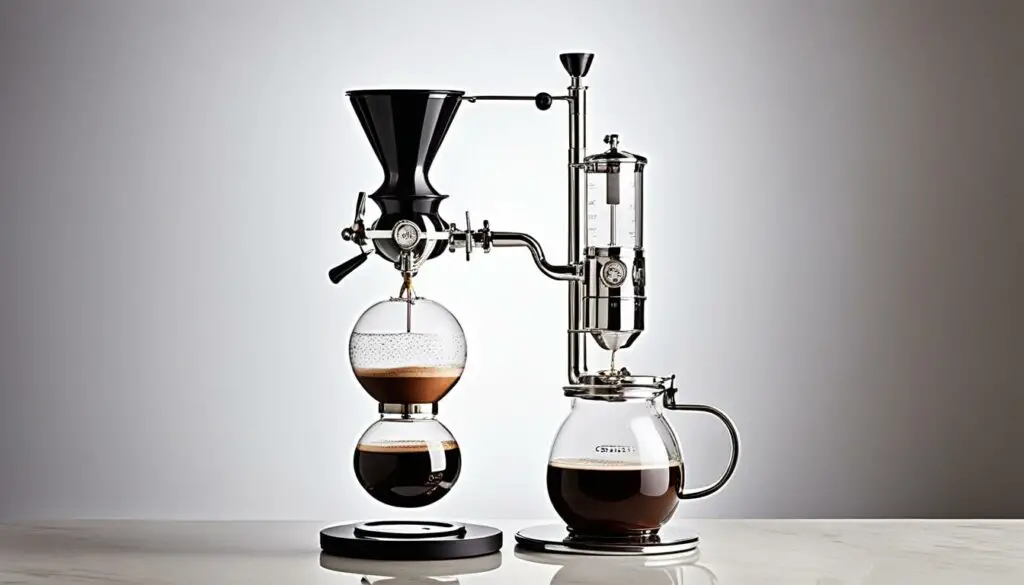In the world of coffee brewing, where taste and quality are paramount, eco-friendly brewing methods have become increasingly popular. As coffee enthusiasts seek environmentally sustainable alternatives, a variety of brewing methods have emerged, offering both minimal waste production and a rich coffee experience.
This article serves as your guide to eco-friendly coffee brewing methods, exploring the benefits and practicalities of each approach.
From the classic French Press to the trendy Cold Brew, from the efficient AeroPress to the elegant Pour Over, this guide explores the unique characteristics and resource usage of each method.
We will also delve into the availability of reusable filters, such as steel, hemp, and cotton, as alternatives to disposable filters, and by highlighting the negative environmental impact of plastic K-cups, this article equips coffee lovers with the knowledge to make sustainable choices and enjoy their favorite beverage guilt-free.
What is it?
Eco-friendly coffee brewing methods, such as the French Press, Cold Brew, AeroPress, Pour Over, Stovetop Espresso Makers, Chemex, and Automatic Drip, prioritize sustainability by minimizing waste and utilizing reusable filters, while also offering various brewing options and flavors.

These methods have several advantages over conventional brewing methods. Firstly, they reduce waste through the use of reusable filters made from materials such as steel, hemp, and cotton, eliminating the need for disposable filters.
What’s most important is that they require fewer resources, such as water and energy, compared to traditional brewing methods.
Eeco-friendly coffee brewing methods allow for greater control over the brewing process, resulting in a more flavorful cup of coffee. To further enhance sustainability, individuals can adopt eco-friendly coffee brewing tips and tricks, such as composting coffee grounds and investing in high-quality, ethically sourced coffee beans.
By incorporating these practices, coffee lovers can enjoy their favorite beverage while minimizing their environmental impact.
Methods and Benefits
The various brewing techniques discussed offer distinct advantages in terms of waste reduction and flavor enhancement.
Here are three key benefits of eco-friendly coffee brewing methods:
Environmental Sustainability: Eco-friendly methods such as French press, cold brew, and AeroPress minimize waste by avoiding single-use coffee pods or filters. These methods often utilize reusable filters, such as steel, hemp, or cotton, reducing the amount of paper waste generated. By choosing these methods, coffee lovers can significantly reduce their environmental impact.
Enhanced Flavor: Eco-friendly brewing methods allow for greater control over the brewing process, resulting in a more flavorful cup of coffee. For example, the pour-over technique enables coffee enthusiasts to adjust variables like water temperature and brewing time, enhancing the taste and aroma of the coffee.
Reduction of Plastic Waste: One of the significant environmental concerns in the coffee industry is the use of plastic K-cups. These single-use pods contribute to the global plastic waste crisis. By opting for eco-friendly brewing methods, individuals can actively reduce the demand for plastic K-cups and contribute to a more sustainable coffee culture.
Reusable Filters Options
Reusable filters offer a sustainable alternative to disposable options, like paper filters, which can generate a significant amount of waste over time. There are different types of reusable filters available, each with their own pros and cons. Comparing the environmental impact of reusable filters and disposable filters is essential in making an informed choice.
- Serves You The Superior Taste Coffee: Upgrade Stainless Steel reusable basket coffee filter, makes you healthier and it is durable for years, unlike other plastics, it produce Hazardous Materials when brewing and have the plastic taste;
Prices pulled from the Amazon Product Advertising API on:
Product prices and availability are accurate as of the date/time indicated and are subject to change. Any price and availability information displayed on [relevant Amazon Site(s), as applicable] at the time of purchase will apply to the purchase of this product.
To help in this decision-making process, the following table provides an overview of the different types of reusable filters:
| Type of Reusable Filter | Pros | Cons |
|---|---|---|
| Steel Filters | Durable, easy to clean, long-lasting | May alter the taste of coffee |
| Hemp Filters | Biodegradable, environmentally friendly | Can be more expensive |
| Cotton Filters | Natural, affordable | Can retain oils and flavors over time |
In Conclusion
When considering the environmental impact, reusable filters have the advantage of reducing waste compared to disposable filters.
Since they can be used repeatedly, they help us by saving resources and reducing our overall carbon footprint. However, it is important to note that reusable filters may require a higher initial investment and may have slight drawbacks, such as potential taste alterations or the need for thorough cleaning.
Ultimately, the choice of reusable filter depends on personal preferences and priorities in sustainability.













